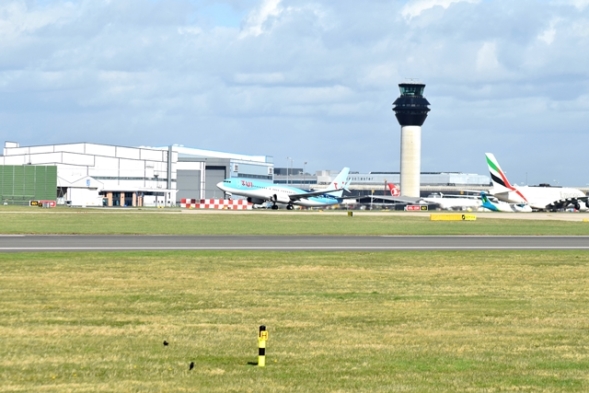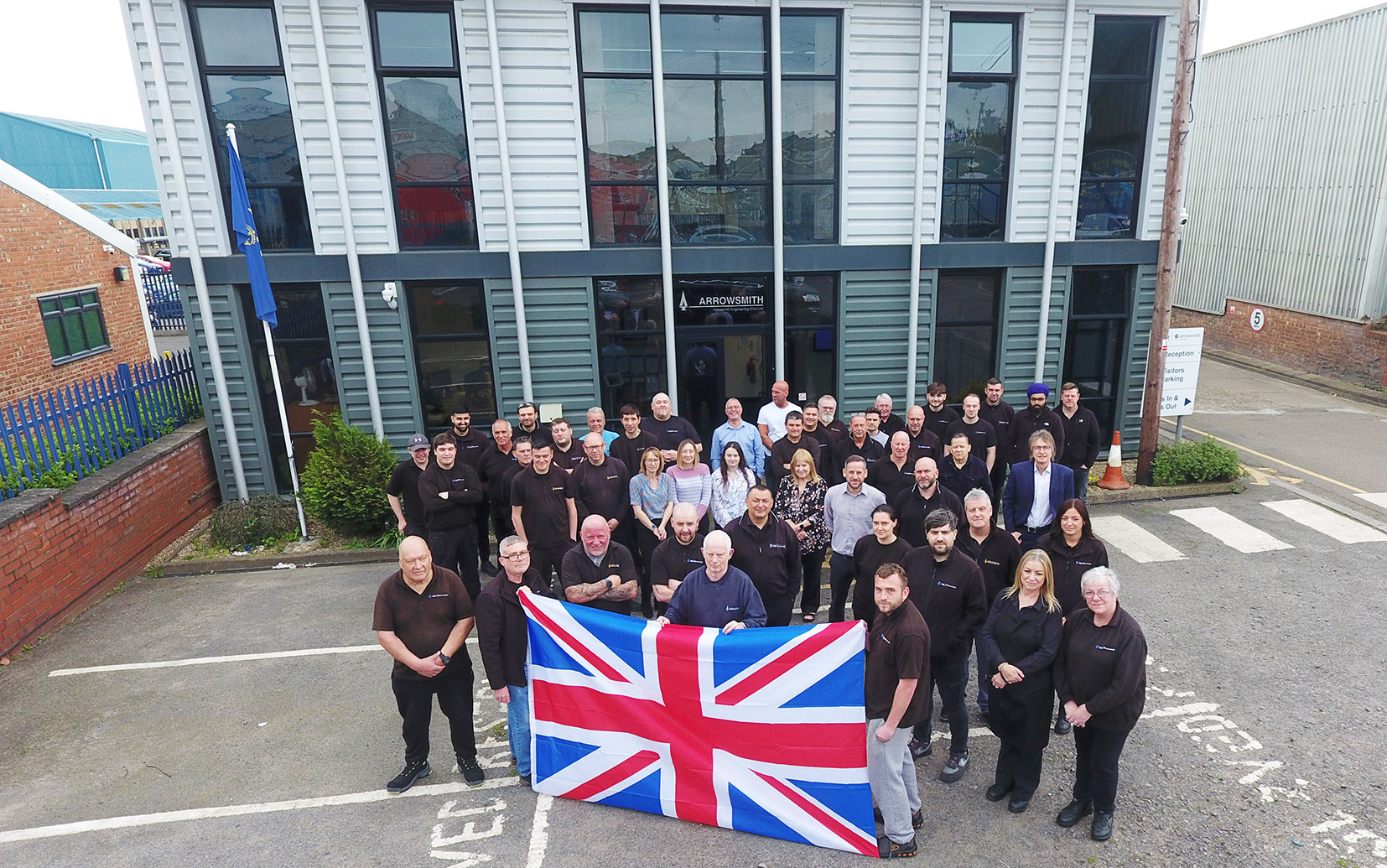Gatwick taxiway helps reduce delays and aircraft emissions

Image courtesy Gatwick / VINCI Airports
London Gatwick’s new Rapid Exit Taxiway (RET) opened in February this year, enabling arriving aircraft to leave the main runway at a more optimal location after landing.
The new RET was used by more than half (56%) of all arrivals in its first four days of operation.
Previously, some aircraft would narrowly miss the first taxiway to exit the runway, for example if they landed later than anticipated, weather conditions made braking more challenging, or they were flying with a heavier load than normal. This would result in the aircraft travelling slowly along the runway to the next taxiway exit, which could take an extra 20 seconds or more due to the distance.
By achieving a more efficient exit, the airport’s runway will perform more consistently, supporting all pilots but particularly those who are less familiar with London Gatwick. More pilots are now able to take the first exit and if they miss the first exit then the time to the second exit is much lower, meaning they are less likely to impact other aircraft.
Air Traffic Controllers can therefore be more confident in the performance of landing aircraft, reducing delays, the likelihood of go-arounds and holding times for aircraft waiting to depart – all helping to limit emissions and noise.
Gavin Sillitto, Transformation Programme Lead, London Gatwick said: “Every project where you are building next to a live runway is complex but we have a great result thanks to fantastic teamwork across the airport and with our contractor, PJ Hegarty.
“For aircraft exiting the runway, it is like the speed of turning onto a motorway slip road rather than onto a suburban street. Putting an exit in a place which is natural for how pilots normally brake, that can handle aircraft exiting safely at higher speeds, increasing resilience, reducing delays and limiting carbon and noise emissions.”
Construction initially began in 2020 but following a pause to the initiative during the height of Covid-19, the project was reviewed, resulting in a redesign reducing construction carbon emissions from the original plan by more than 10% - the equivalent of a petrol car driving more than 1.3million miles.
Andrew Isted, Senior Project Manager, London Gatwick said: “As this project was paused during Covid, we used the period prior to restarting to undertake a Value Engineering phase to rationalise and optimise the design. Carried out alongside AtkinsRéalis and PJ Hegarty, we targeted areas where we believed the greatest gains could be achieved. We challenged our standards, constraints and reviewed geometrical requirements.
“This generated significant savings in pavement thickness and area, drainage requirements and existing pavement breakout, to name a few.
“We were delighted to complete the project with no impact to or complaints from the local community, with our contractors operating carefully and safely - and often at night - in a busy operational environment.”
Due to Gatwick being a 24-hour airport, at times during construction aircraft operated from the existing Northern Runway.
London Gatwick is investing in its long-term future and its planning application to bring the airport’s Northern Runway into regular use is currently undergoing detailed examination by the Planning Inspectorate. This low-impact plan will improve resilience, reduce delays and provide a significant boost to the national and regional economy by supporting trade, tourism, and new jobs.
Full details of the updates and the revised plans are available on gatwickairport.com/futureplans














